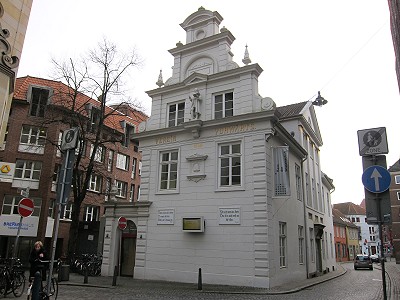Annotations to the 1st ZMT Workshop on Science for Sustainability – The Contribution of Transdisciplinary Knowledge Exchange, Bremen, Germany, 19-21 January 2015
by Cornelia E Nauen, Mundus maris
 The annual world-wide investment into research exceeds the national budgets of most countries. In the face of growing social inequalities and dangerous ecological overshoot it calls the question of what happens in the process. What questions are being addressed, whose knowledge counts, how results can be made more useful to humanity.
The annual world-wide investment into research exceeds the national budgets of most countries. In the face of growing social inequalities and dangerous ecological overshoot it calls the question of what happens in the process. What questions are being addressed, whose knowledge counts, how results can be made more useful to humanity.
This is heady stuff that has fired up debates not only about the capacity for the production of scientific knowledge, but also about sharing it more effectively. That also puts into focus how to structure and retrieve such knowledge so as to facilitate its assimilation and use. How does scientific knowledge relate to other forms of making sense of the world? These questions become more intense in the context of sustainability science. In its most extensive interpretation, sustainability science explicitly attempts to draw in a wide spectrum of disciplinary science - as well as e.g. tacit and traditional knowledge – and engages critically with all actors in society in the quest to help us live dignified lives within the regenerative capacity of planet earth.
Dr Bevis Fedder, responsible for knowledge management at the Leibniz Centre for Tropical Marine Ecology (ZMT) in Bremen, had organised the workshop to start coming to grips with these issues. It focused on transdisciplinary knowledge exchange.
The first two days were heavy on presentations of senior scientists and research managers from different parts of the world, interspersed with break out sessions in smaller groups. The third day was entirely reserved for interactive working group sessions and exchange.
The most inspiring presentations came from scientists or science managers working outside or the margin of big established research institutions. They all recognised the deeply collaborative nature of knowledge production and use. Two presentations serve as examples of practicing critically engaged science adapted to their respective context.








